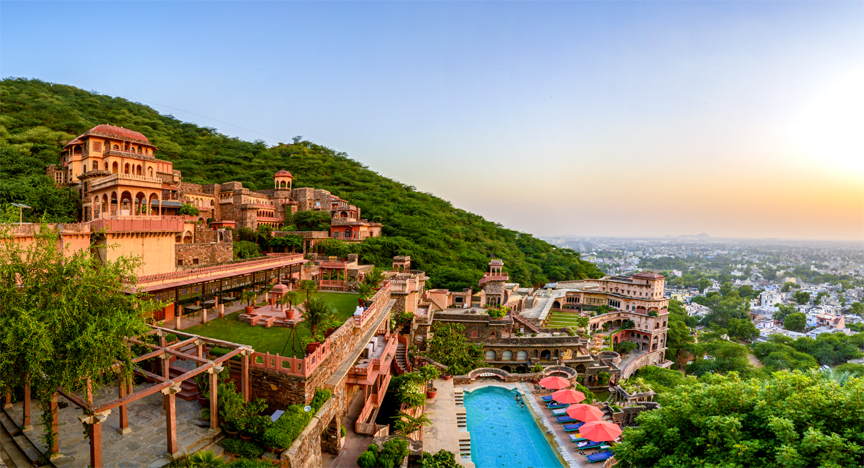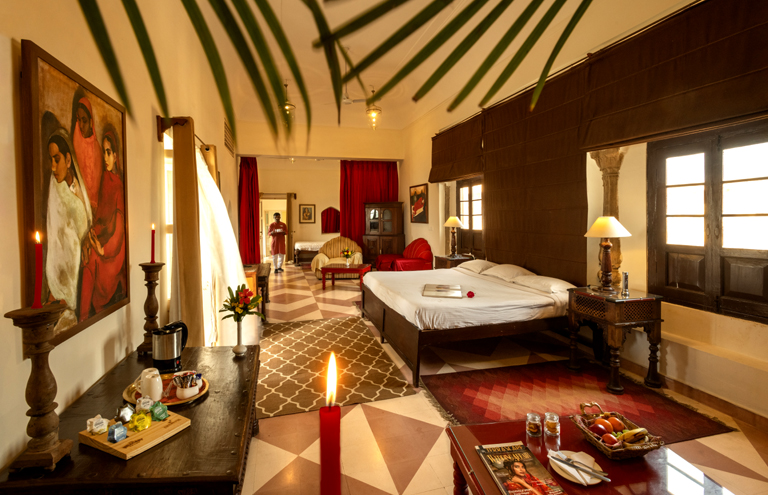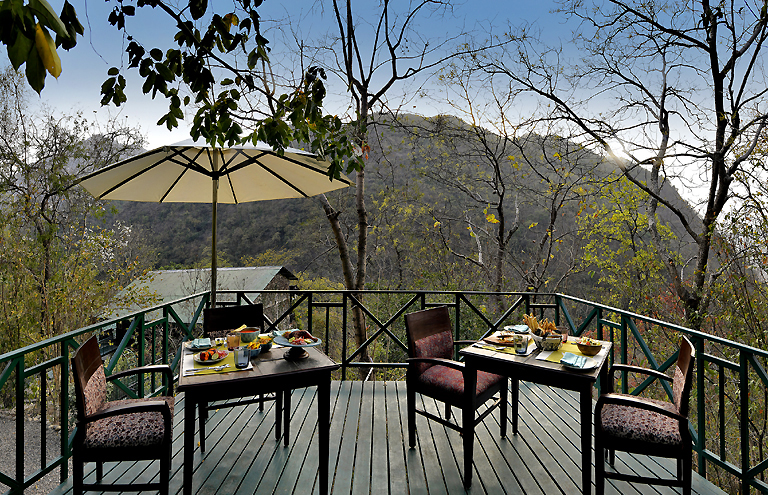
What goes into the making of a ‘Non-Hotel’ brand
Through its philosophy, the Neemrana brand of hospitality has created a niche where experiencing history and architectural treasures has become an organic part of the Indian tourism repertoire

Through its philosophy, the Neemrana brand of hospitality has created a niche where experiencing history and architectural treasures has become an organic part of the Indian tourism repertoire




Neemrana always intrigues me with the non hotel vision made into reality and goes out to sustain the real glorious royal past, the colonial hangover in the right sense.
About 15 years ago I happened to stay at Hotel Del Orient – a Neemrana property in Pondy. Awesome stay experience. Unfortunately board pins on Neemrana’s map has to be counted less. Wish they’re back in the white town again.
Ardent wishes,
Benny Ezekiel